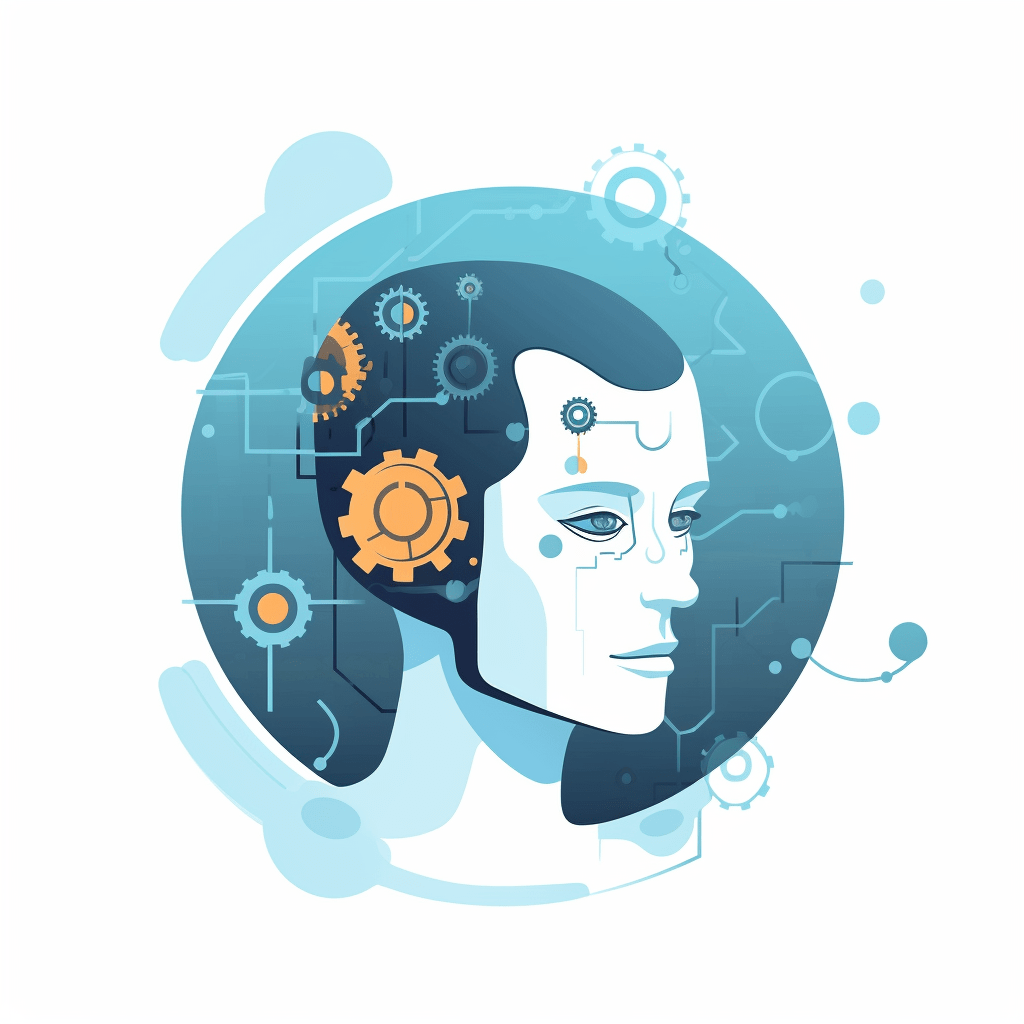In a remarkable stride towards advanced human-AI collaboration, Bard is thrilled to announce the launch of 7 new and revolutionary features to enhance user experience and creativity.
Language and Global Expansion
Bard is going international with its recent expansion, extending support to over 40 new languages including Arabic, Chinese (Simplified and Traditional), German, Hindi, Spanish, and more. It has also broadened its reach to 27 countries in the European Union (EU) and Brazil, underscoring its mission to facilitate exploration and creative thinking worldwide.
Google Lens Integration
To stimulate your imagination and creativity, Bard has integrated Google Lens into its platform. This new feature allows users to upload images alongside text, creating a dynamic interplay of visual and verbal communication. This powerful tool unlocks new ways of exploring and creating, enriching user engagement and interaction.
Text-to-Speech Capabilities
Ever wondered what it would be like to hear your AI-generated responses? Bard has got you covered with its new text-to-speech feature available in over 40 languages, including Hindi, Spanish, and US English. Listening to responses can bring ideas to life in unique ways, opening up a whole new dimension of creativity.
Pinned and Recent Threads
The newly introduced feature allows users to organize and manage their Bard conversations efficiently. Users can now pin their conversations, rename them, and engage in multiple threads simultaneously. This enhancement aims to keep the creative process flowing, facilitating a seamless journey from ideation to execution.
Shareable Bard Conversations
Bard now enables users to share their conversations effortlessly. This feature creates shareable links for your chats and sources, making it simpler for others to view and appreciate what you’ve created with Bard. It’s an exciting way to showcase your creative processes and collaborative efforts.
Customizable Responses
The addition of 5 new options to modify Bard’s responses provides users with increased control over their creative output. By simply tapping, you can make the response simpler, longer, shorter, more professional, or more casual. This feature narrows down the gap between the AI-generated content and your desired creation.
Python Code Export to Replit
Bard’s capabilities extend to the world of code. It now allows users to export Python code to Replit, along with Google Colab. This new feature offers a seamless transition for your programming tasks from Bard to Replit, streamlining your workflow and enhancing your productivity.
These new features demonstrate Bard’s commitment to delivering cutting-edge technology designed to boost creativity and productivity. With Bard, the possibilities are truly endless. Get started today and unlock your creative potential like never before.
